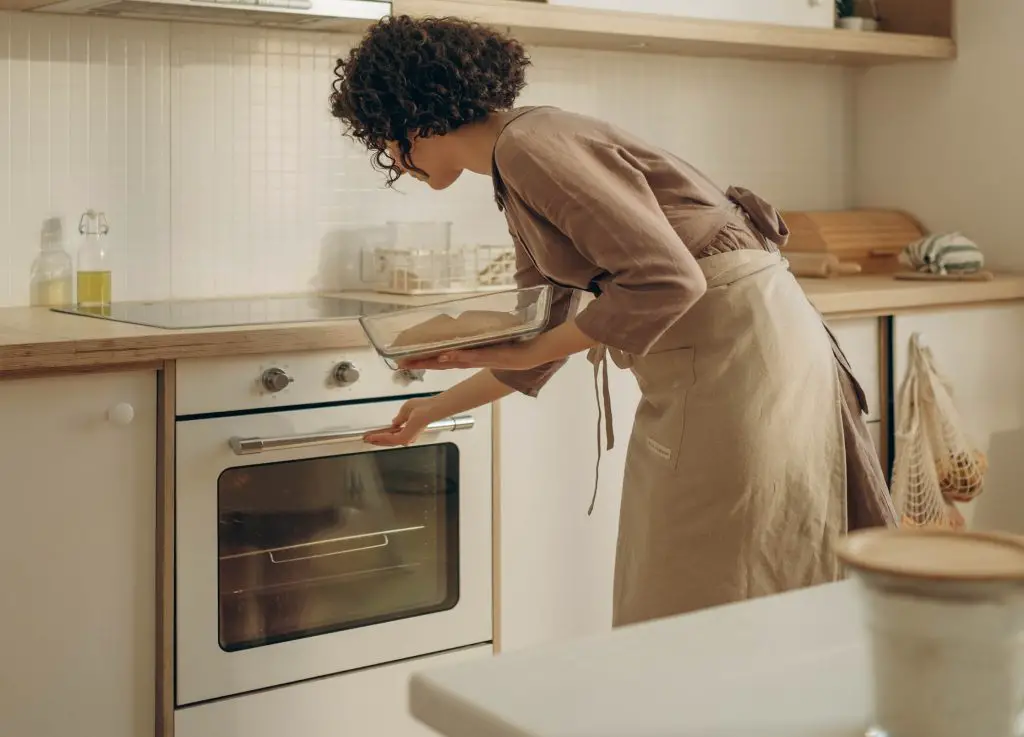If you’re wondering, “Do convection ovens use less electricity?”, you’re not alone. This question is crucial for both your utility bill and your environmental footprint. In this comprehensive guide, we’ll explore this query in depth.

Table of Contents
Understanding the Basics of a Convection Oven
First, let’s define what a convection oven is. A convection oven is different from a traditional oven due to its use of a fan and exhaust system. This fan circulates the hot air inside the oven, creating an even temperature distribution. In traditional ovens, the heat comes from either the top or bottom and can lead to uneven cooking.
Do Convection Ovens Use Less Electricity? – Detailed Answer
So do convection ovens use less electricity than regular ovens? Below, we compare convection ovens to regular ovens and talk about how electricity is consumed in a convection oven.
How Electricity is Consumed in a Convection Oven
Understanding how a convection oven consumes electricity is key to answering our main question. In a convection oven, the electricity primarily powers the heating elements and the fan. The fan ensures that hot air circulates throughout the oven. This setup often leads to faster cooking times compared to traditional ovens.
Read more convection oven topics here – Convection Oven: Your Ultimate Guide
Comparing Energy Efficiency Between Convection and Traditional Ovens
Let’s get into the specifics. Convection ovens usually cook food 25% to 30% faster than traditional ovens. Because of the faster cooking times, you’re using the appliance for a shorter duration. As a result, you consume less electricity in the long run. However, it’s essential to note that the actual electricity savings can vary based on how often you use the oven, the types of food you’re cooking, and other factors.
The Variables That Affect Electricity Consumption
Several variables affect electricity consumption in ovens. These include the oven’s size, the cooking temperature, and the cooking duration. Larger ovens require more energy to heat up and maintain the temperature, while higher temperatures and longer cooking times also consume more electricity.
With convection ovens, the use of the fan adds an extra electrical component, but it often makes the cooking process faster and more efficient, counterbalancing the extra energy used by the fan.
How to Maximize Energy Efficiency in a Convection Oven
You can make your convection oven even more energy-efficient by following some simple guidelines. Preheating is often quicker, so don’t waste time waiting longer than necessary.
Additionally, try to cook multiple dishes at once to make the most of the oven’s capacity. Finally, keeping the oven door closed as much as possible will help maintain the internal temperature, reducing the need for the heating elements to work harder.
Conclusion: Do Convection Ovens Use Less Electricity?
After examining the mechanics, energy usage, and variables, it becomes clear that convection ovens tend to be more energy-efficient than traditional ovens, primarily due to their faster cooking times.
However, the actual amount of electricity saved can differ based on various factors like usage patterns and the type of food being cooked. By understanding how convection ovens work and how to use them efficiently, you can make an informed decision for both your wallet and the planet.
